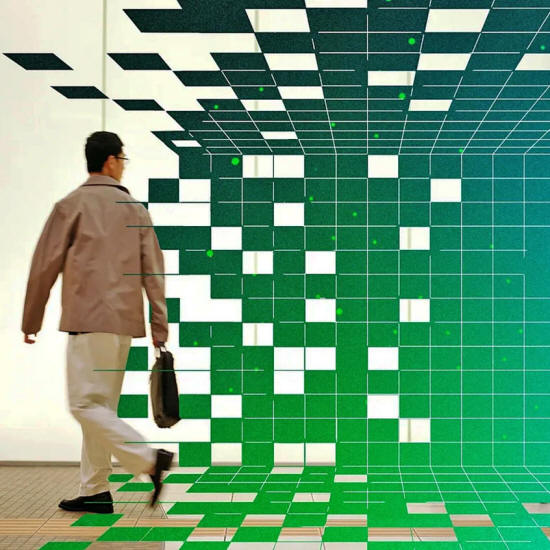|
Getty Images
I suggested:
The organizer expressed concern that some members of the audience might confuse me for a U.S. government employee in search of illegal aliens near the southern border wall...
I explained that no two-dimensional wall erected on Earth would protect us from extraterrestrials because they will arrive from above. It is just a matter of time until we notice interstellar travelers arriving without a proper visa.
We will have to learn how to live with these
aliens, and promote diversity and inclusion in a Galactic context.
To properly interpret their recorded diaries and
photo albums in terms of the specific stars they visited, we would
need to accurately interpret their time measurements.
This timing error is comparable to the amount of time it takes to hop from one star to another with chemical propulsion.
They employ the natural transition frequency of atoms, such as ytterbium.
Higher-frequency transitions enable greater precision. This was recognized in a recent paper, which suggested the use nuclear transitions in future clocks.
What is the ultimate precision attainable by clocks?
In the context of our current understanding of quantum-mechanics and gravity, there could be no transition between discrete quantum states in which the emitted particle carries more than the Planck energy.
Dividing this maximum energy by Planck’s constant yields the maximum frequency of any clock.
This suggests that no clock could employ a timing cycle shorter than the inverse of the Planck frequency, 5.4x10-44 seconds. The age of the Universe is 8x1060 Planck units.
Since each clock cycle provides an independent measurement, the Central Limit Theorem in statistics implies that the temporal precision of a clock could improve inversely with the square root of the number of cycles.
A Planck clock operating over the entire cosmic history would achieve at best a precision of 4x10-31 Planck times or 2x10-74 seconds.
So far, we assumed that time is continuous as postulated in modern physics.
But what if time is realized as a series of discrete points...?
We would not notice the difference between these cases if we use a clock that cannot resolve the discreteness of time because its inherent timing errors introduce fuzziness that makes the discrete time steps appear as a continuous sequence.
In reality, the movie is a collection of snapshots.
Is reality a collection of snapshots?
Since the speed of light is a universal constant, discreteness in time translates to discreteness of space.
Computer simulations adopt discrete pixels in space and time.
If our world is a 'computer simulation', as suggested in 2003 by philosopher Nick Bostrom, then improved clocks could eventually resolve the discrete time intervals of the simulation.
Precise clocks would detect a physical reality composed of snapshots, in which nothing happens between discrete time steps.
A movie watcher with an exceptionally high sampling rate will see a sequence of snapshots. For the same reason, future clocks could reveal experimentally that we live in a simulation.
But winning the Physics Nobel Prize for such a discovery will not be particularly satisfying, since the Prize ceremony is part of the simulation and not real in any meaningful way.
The discovery must have been choreographed by the simulation creator.
Here’s hoping that our interstellar visitors will carry a Planck clock which would demonstrate to the best possible precision that time is continuous and that we do not live in a simulation.
In that case, the reality of their visit would feel much better than a Hollywood script for an artificial sequence of snapshots.
But there is also a cultural nuance to our future encounters with aliens.
Just keep that in mind when scrolling through their photo albums in chronological order.
|


